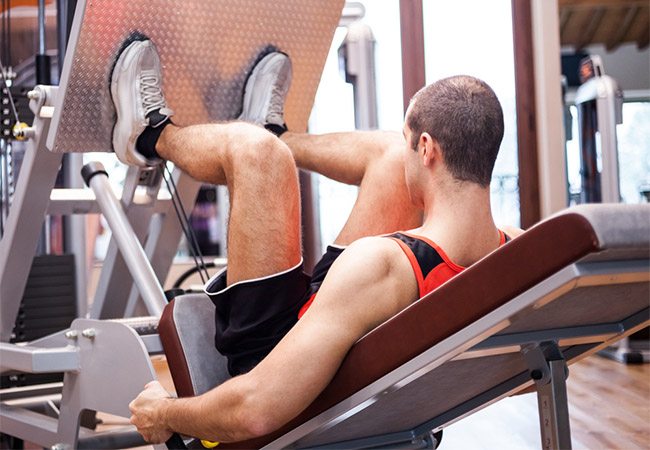Integrating strength training into your training regime is crucial for cyclists and triathletes who wish to improve performance and reduce the risk of injury. While cycling, running and swimming alone will improve your aerobic fitness and maintain your performance level, if you’re serious about getting ahead of the pack on race day; it’s time to think about strength training.
The Importance of Strength Training for Cyclists and Triathletes
Strength training is important not only because it makes you a faster runner and cyclist (as Merv explains in this short video), but also because strong muscles act as buffers for the tendons and helps to reduce overuse injuries. Along with getting a professional bike fitting, it’s the best thing you can do to improve performance, efficiency and avoid injury.
Studies have shown that cyclists who do weight training in addition to their regular training significantly improve their performance within a couple of months with higher power outputs and lower heart rate compared to those who did not do weight training just a few of the results seen in ground-breaking research. In a similar study, results showed that runners who added gym training to their regular training improved their 5km time trial time by 40 seconds in only 12 weeks. Try and do that with any other legal training method! In the above short video, Dr Merv outlines his theory that:
“Strong is resilient, strong is fast.”
How Much Strength Training Should I Be Doing?
The question of how much strength training endurance athletes should do compared to how much other training unfortunately doesn’t have a straight answer. It depends on your training history, your sport and other variables that differ from person to person.
Research indicates that adding two strength training sessions per week to your training regime (under the guidance of a strength and conditioning coach or sports physiotherapist) benefits cycling and running performance. Caution should be taken to not do too much too fast as this can lead to fatigue and overuse injuries.
One of the real tricks is working out how to fit this in to your already full life with training, work, family etc. Come and let one of our physiotherapy and strength and conditioning experts assist you with the right exercises, the right technique, the right loads and repetitions and how to make it fit into your life to get maximum benefit!
What Strengthening Exercises Should I Do?
To get the best results from strength training, you need to work with a qualified strength and conditioning coach or sports physiotherapist who understands you, your training habits, your goals and your history. If you have, or have had pain or injuries, it is critical to have a physiotherapist involved to correctly diagnose the issue and make sure this in considered in your exercise program to minimize the risk of further injury. Physiotherapists are able to correctly teach good technique and at times modify exercises to suit your individual requirements due to flexibility or injury issues.
Some exercises they might suggest specifically for cyclists and triathletes include:
- Half squat with weight
- Pulley single leg hip flexion
- Single and double leg press
- Hip Thrusts
- Dead Lifts
- Gluteal and Hamstring Extensions
- Calf raises with weights
- Lunges with weights
- Cuban Press
Training sessions should increase gradually and steadily to avoid overuse injuries that occur as a result of suddenly increased exercise. For more cycling, triathlon, volleyball and other training exercises, visit our YouTube channel where our expert physiotherapists demonstrate some of the exercises. If you’re a cyclist or triathlete who wants to go faster and get less injuries, call us today on 08 9481 1003 or fill out our quick online form – our sports physiotherapists can start designing a training program for you.

